How to Get Rid of Spotted Lanternflies
Five ways to battle the invasive pest that don’t involve insecticides.
How to Get Rid of Spotted Lanternflies
Five ways to battle the invasive pest that don’t involve insecticides.
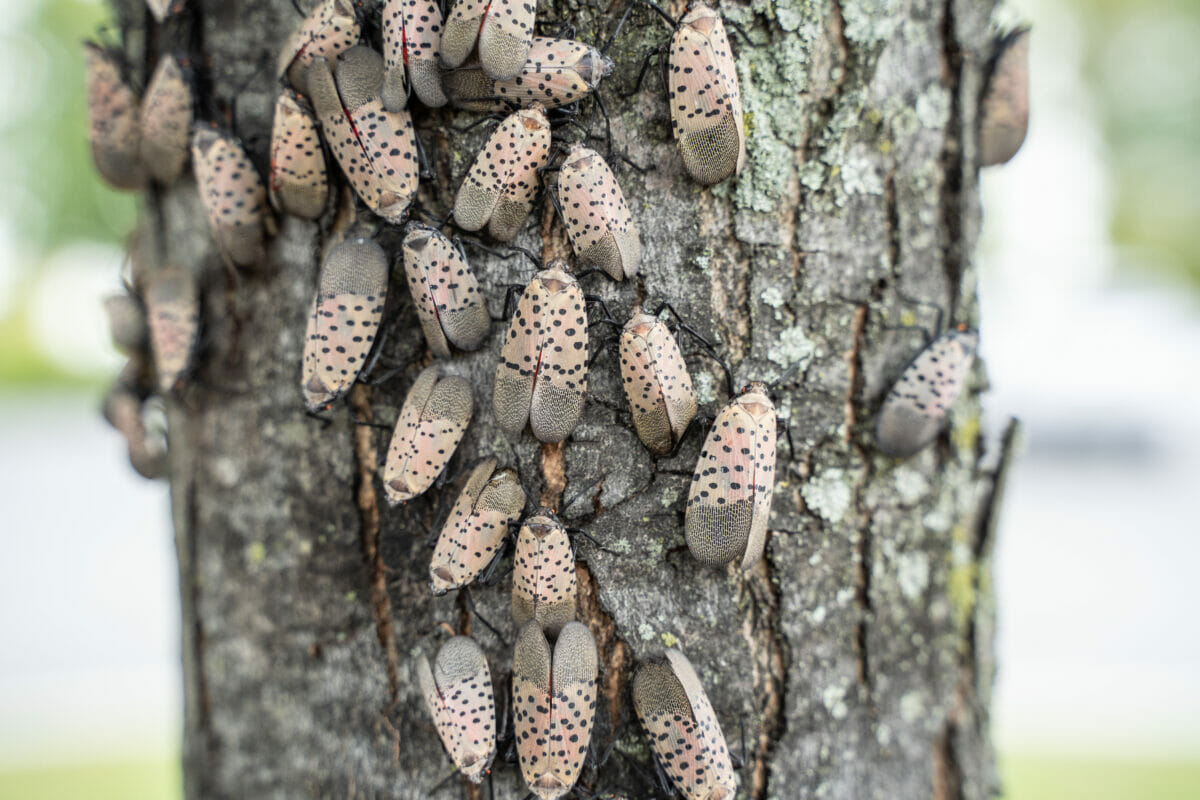
If you see a spotted lanterfly, squash it immediately.by Amy Lutz, Shutterstock.
Native to China, the spotted lanternfly is a visually beautiful insect with spotted outer wings and brightly colored red and white inner wings. But don’t be fooled. Although they may be pretty to look at, the pests should be destroyed immediately.
While the spotted lanternfly is not a threat to humans, the insect causes major damage to some cash crops. Since first being detected in Pennsylvania in 2014, the invasive spotted lanternfly has wreaked havoc on fruit crops and trees up and down the East Coast. The insects often travel on the sides and undercarriages of cars and trucks, which increases their risk of spreading. According to the USDA, the hungry pest has now been seen in Connecticut, Delaware, Indiana, Maryland, Massachusetts, New Jersey, New York, Ohio, Pennsylvania, Virginia and West Virginia.
If you’re located in any of those states—or spot a spotted lanternfly anywhere else—here are five natural methods you can use to keep their population from growing.

Squash Them, Smash Them, Stomp Them
The most effective way to kill a spotted lanternfly is to squish them. They’re good at hopping, but they aren’t very good at flying, so a quick stomp or swift swat should do the trick. Whether you see one on a picnic table at a park, on a lamp post in a parking lot, on your farm or in your own backyard, stomp it out. Summer is the prime time for the insect’s adult stage, so that’s when this method will be most useful.
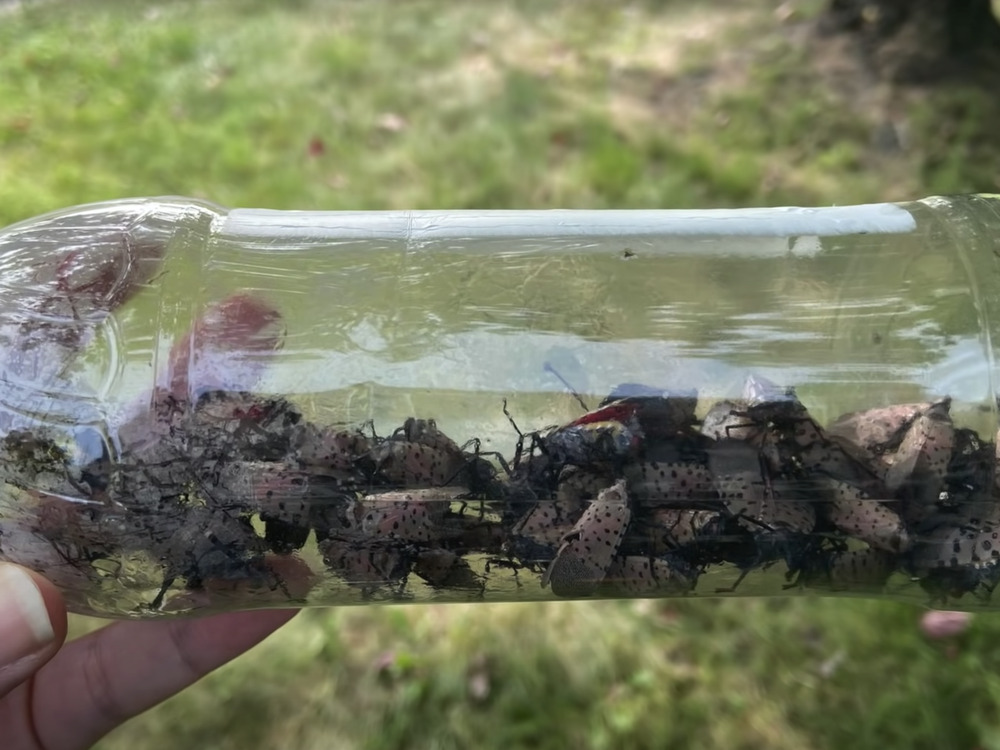
Capture in a Plastic Bottle
If you’re looking for a solution that’s a little less messy, you can use a plastic water bottle to collect them. This method, tested by Temple University’s Interactive Ecology lab, involves holding an empty, uncapped water bottle over the insects. They’re not the brightest creatures and will actually launch themselves into the bottle. Remember to cap it in between collection sites, and then place it in your freezer to humanely kill them before disposing.
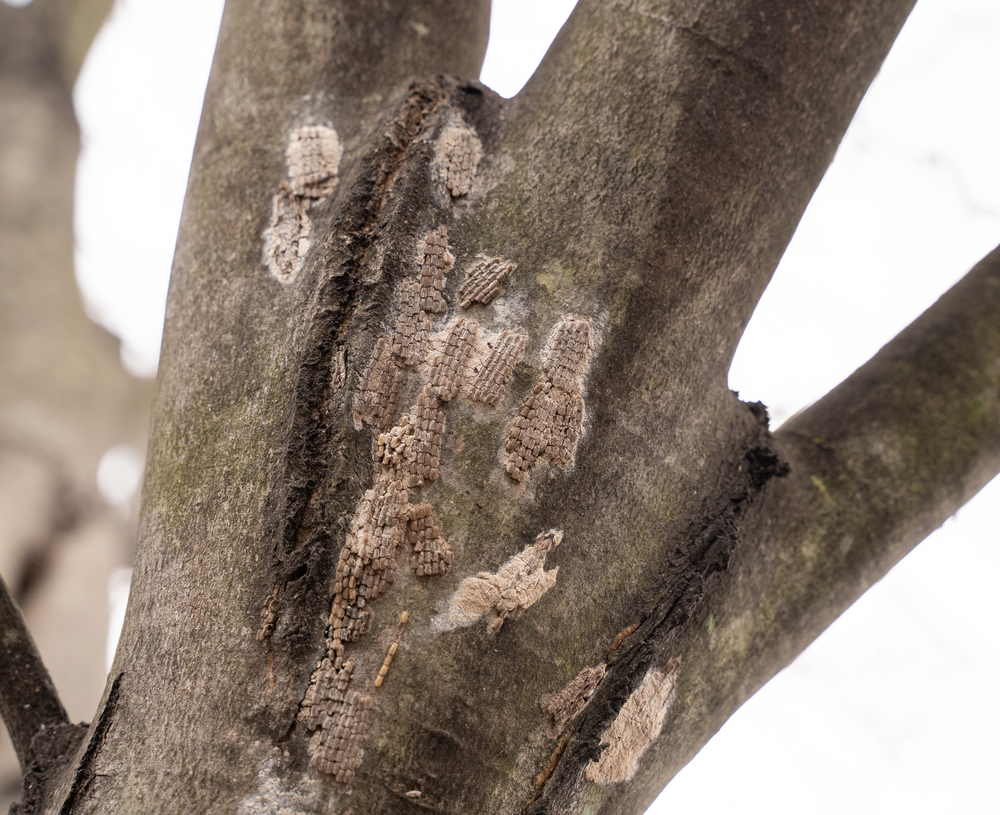
Scrape Off Eggs
When temperatures drop, the living spotted lanternfly dies out. But their masses of eggs—laid in neat rows and covered with secretions so they look like mud—survive colder weather and hatch in the spring. The eggs are usually laid on tree bark and the undersides of branches, but female spotted lanternflies will deposit eggs on just about any flat surface, including rocks and outdoor furniture. Fall and winter are the best seasons to scoop up these eggs before it’s too late. Using a credit card, scrape off the eggs and dispose of them in a container filled with alcohol (which will kill them).
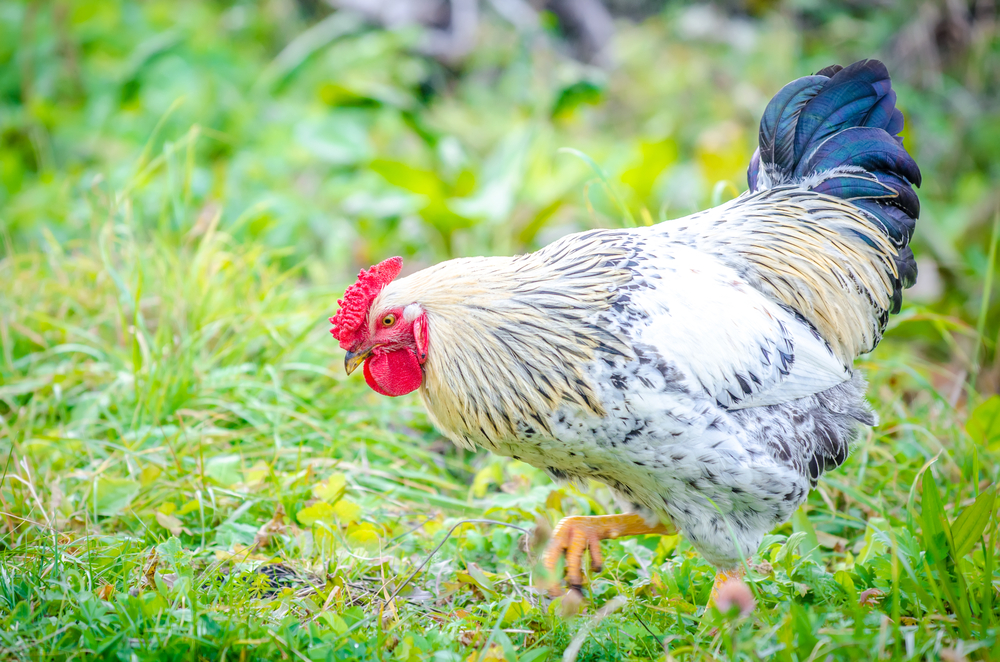
Introduce Natural Predators
Utilizing the spotted lanternfly’s natural predators is a great way to manage the pest. Animals that prey on the insects include gray catbirds, cats, dogs, ducks, chickens, wheel bugs, hornets, green frogs, fishing spiders, goldfish, koi fish and yellow jackets. You likely won’t be able to introduce all of these animals, but if you have a cat, dog, ducks or chickens that go outside, direct them to infested areas and watch the food chain at work.
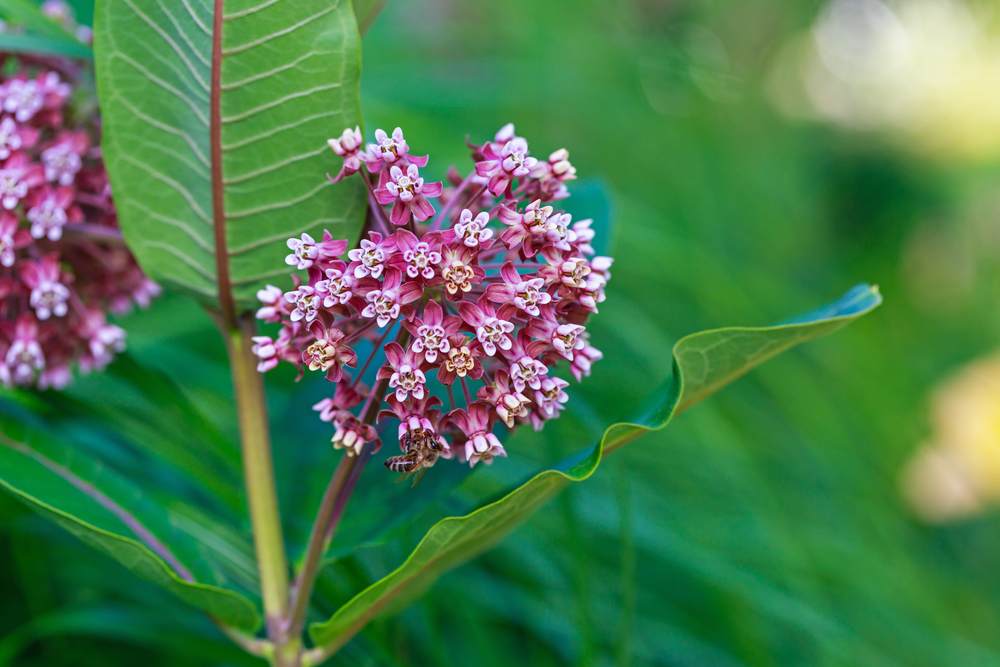
Plant More Milkweed
Spotted lanternflies are attracted to common milkweed, unaware that it is poisonous. The plant’s poisonous sap also slows the insect down so it’s easier to catch and smush. Planting more milkweed also comes with the added benefit of helping to save Monarch butterflies from extinction.
Follow us
This work is licensed under a Creative Commons Attribution-NoDerivatives 4.0 International License.
Want to republish a Modern Farmer story?
We are happy for Modern Farmer stories to be shared, and encourage you to republish our articles for your audience. When doing so, we ask that you follow these guidelines:
Please credit us and our writers
For the author byline, please use “Author Name, Modern Farmer.” At the top of our stories, if on the web, please include this text and link: “This story was originally published by Modern Farmer.”
Please make sure to include a link back to either our home page or the article URL.
At the bottom of the story, please include the following text:
“Modern Farmer is a nonprofit initiative dedicated to raising awareness and catalyzing action at the intersection of food, agriculture, and society. Read more at <link>Modern Farmer</link>.”
Use our widget
We’d like to be able to track our stories, so we ask that if you republish our content, you do so using our widget (located on the left hand side of the article). The HTML code has a built-in tracker that tells us the data and domain where the story was published, as well as view counts.
Check the image requirements
It’s your responsibility to confirm you're licensed to republish images in our articles. Some images, such as those from commercial providers, don't allow their images to be republished without permission or payment. Copyright terms are generally listed in the image caption and attribution. You are welcome to omit our images or substitute with your own. Charts and interactive graphics follow the same rules.
Don’t change too much. Or, ask us first.
Articles must be republished in their entirety. It’s okay to change references to time (“today” to “yesterday”) or location (“Iowa City, IA” to “here”). But please keep everything else the same.
If you feel strongly that a more material edit needs to be made, get in touch with us at [email protected]. We’re happy to discuss it with the original author, but we must have prior approval for changes before publication.
Special cases
Extracts. You may run the first few lines or paragraphs of the article and then say: “Read the full article at Modern Farmer” with a link back to the original article.
Quotes. You may quote authors provided you include a link back to the article URL.
Translations. These require writer approval. To inquire about translation of a Modern Farmer article, contact us at [email protected]
Signed consent / copyright release forms. These are not required, provided you are following these guidelines.
Print. Articles can be republished in print under these same rules, with the exception that you do not need to include the links.
Tag us
When sharing the story on social media, please tag us using the following: - Twitter (@ModFarm) - Facebook (@ModernFarmerMedia) - Instagram (@modfarm)
Use our content respectfully
Modern Farmer is a nonprofit and as such we share our content for free and in good faith in order to reach new audiences. Respectfully,
No selling ads against our stories. It’s okay to put our stories on pages with ads.
Don’t republish our material wholesale, or automatically; you need to select stories to be republished individually.
You have no rights to sell, license, syndicate, or otherwise represent yourself as the authorized owner of our material to any third parties. This means that you cannot actively publish or submit our work for syndication to third party platforms or apps like Apple News or Google News. We understand that publishers cannot fully control when certain third parties automatically summarize or crawl content from publishers’ own sites.
Keep in touch
We want to hear from you if you love Modern Farmer content, have a collaboration idea, or anything else to share. As a nonprofit outlet, we work in service of our community and are always open to comments, feedback, and ideas. Contact us at [email protected].by Shelby Vittek, Modern Farmer
October 23, 2021
Modern Farmer Weekly
Solutions Hub
Innovations, ideas and inspiration. Actionable solutions for a resilient food system.
ExploreExplore other topics
Share With Us
We want to hear from Modern Farmer readers who have thoughtful commentary, actionable solutions, or helpful ideas to share.
SubmitNecessary cookies are absolutely essential for the website to function properly. This category only includes cookies that ensures basic functionalities and security features of the website. These cookies do not store any personal information.
Any cookies that may not be particularly necessary for the website to function and are used specifically to collect user personal data via analytics, ads, other embedded contents are termed as non-necessary cookies.
These pest are relentless and possibly genetically engineered. I held one underwater for five minutes and it never died, Twice!??
Dish soap does not kill Lantern flies, They come back to life, Chickens and Ducks DO NOT eat them, they taste terrible, by chicks and hens tried one and spit it out, never tried one again. I never seen a bird eat one. Actually, i have studied them and i never seen anything eat one. They regenerate and come back to life if not smashed completely til the guts come out, if you only hurt them, they will Regen and walk or jump away, sometimes takes 24 hours. Apparently we know very little about this pest to date, need much… Read more »
Stomping them out is really the only way I tried using a bug zapper that electrocute them after about 30secs it started twitching then it started hopping around so I smashed it before taking flight. I also tried raid. I literally soaked it. This thing flew away too dry its wings And came right back. I started with 10 watermelons begging of summer and by Oct I’m only left with 3 stunted growth watermelons. These lantern flies must be stopped
I go out every morning and evening with a wide mouth plastic container with about 2 to 3 inches of water. I have stick that I knock them off the stems of my grape vines into the container and I get alot of them. About 15 to30 each time. I started early when I saw the first one. They seem to only be on the grape vines for now while they are in the first and second stage. They die in the water over night . If any are still alive, I pour the water on a stepping stone and… Read more »